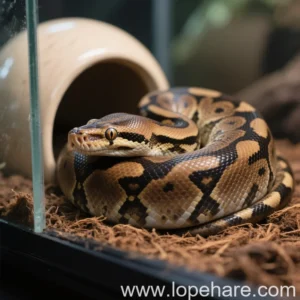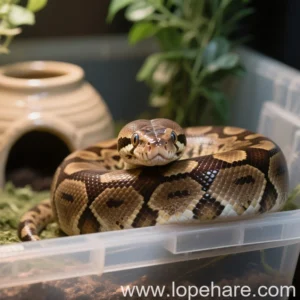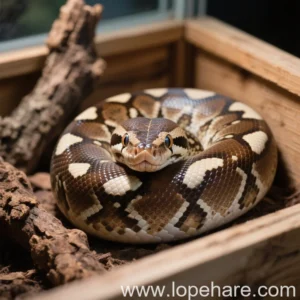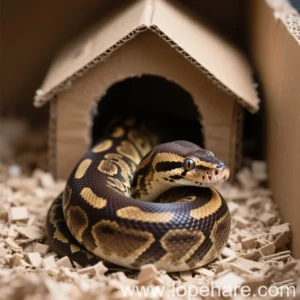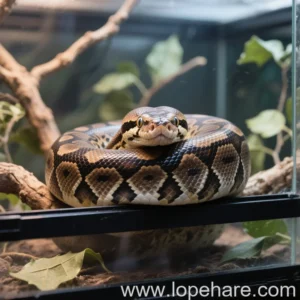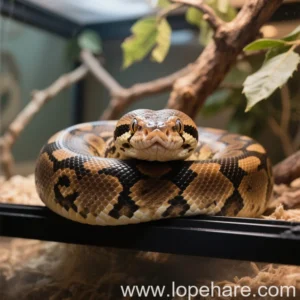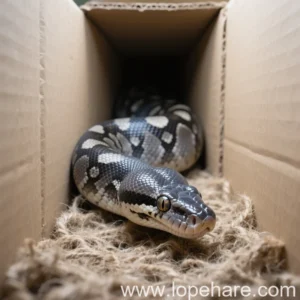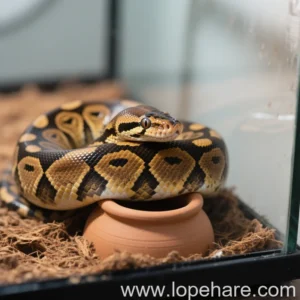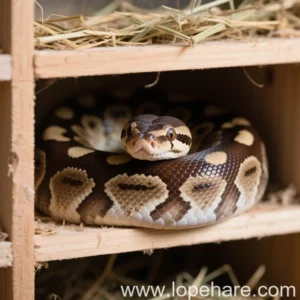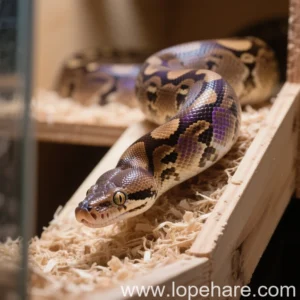Choosing the Right Ball Python Morph: A Buyer’s Guide for Beginners
Introduction: The World of Morphs
Welcome to lopehare! As enthusiasts dedicated to exploring the fascinating world of niche pets, we understand the excitement that comes with considering a ball python (Python regius) as your first snake. These gentle, generally docile creatures make wonderful companions when properly cared for. One of the most captivating aspects of ball pythons is the incredible diversity in their appearance, thanks to what are known as “morphs.” With thousands of different color and pattern combinations available, choosing your first ball python can feel overwhelming. Our goal with this guide is to help beginner keepers navigate the vibrant landscape of ball python morphs and make an informed decision.
While the sheer variety is dazzling, it’s crucial to remember that regardless of the morph, the fundamental care requirements for a ball python remain consistent. Temperature, humidity, enclosure setup, and feeding protocols are paramount for a healthy and happy snake. You can find comprehensive information on general snake pet care, including ball python basics, right here on lopehare.
What Exactly Are Ball Python Morphs?
In simple terms, a ball python morph is a ball python with a genetic mutation that affects its color, pattern, or both. These mutations are bred selectively to create the stunning array of appearances we see today. Think of it like different dog breeds – they are all the same species (Canis lupus familiaris), but selective breeding has created vastly different looks, sizes, and temperaments. Similarly, ball python morphs are all the same species, Python regius, but display incredible visual variation due to genetic traits. The term “morph” is short for “polymorphism,” referring to multiple distinct phenotypes within a species.
These genetic traits can be dominant, recessive, or codominant, influencing how they are passed down through generations. Understanding the basics of these inheritance patterns is key for breeders, but for a beginner looking for a pet, the primary focus is usually on the visual outcome – the color and pattern of the snake.
Why Choose a Specific Morph?
For beginners, the choice of morph is primarily about personal preference and budget. Some keepers are drawn to bright, vibrant colors, while others prefer subtle, earthy tones. Some enjoy intricate patterns, others simple ones. Here are a few reasons why a beginner might choose a specific morph:
- Aesthetics: You simply find a particular morph visually appealing. This is the most common reason!
- Availability & Price: Some morphs are very common and affordable, making them accessible for a first-time buyer.
- Uniqueness (to a degree): While thousands exist, owning a morph that is slightly less common than the standard can be exciting.
It’s generally advised for beginners to avoid extremely rare or expensive morphs until they have gained solid experience in ball python care. Focus on mastering husbandry first.
Important Note: For almost all morphs, the care requirements are identical to a wild-type ball python. Health and temperament are typically tied to the individual snake and its breeding history, not the specific color morph, with some notable exceptions we will discuss.
Popular Morphs for Beginners
Many morphs are widely available, relatively inexpensive, and generally robust, making them excellent choices for novice keepers. Here are a few you’ll commonly encounter:
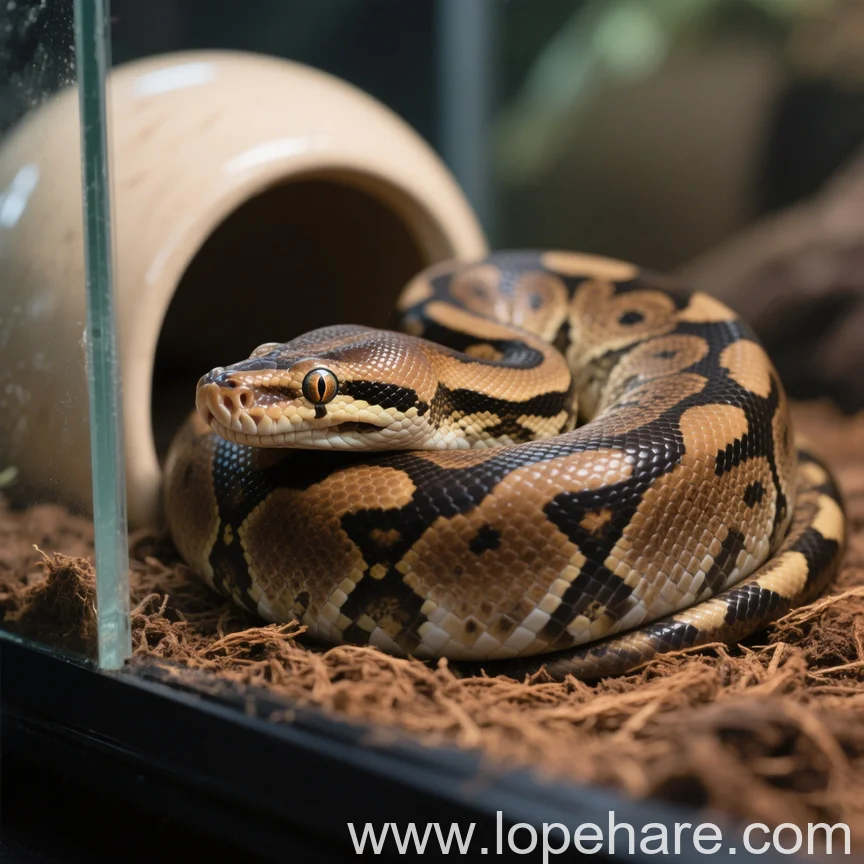
Let’s look at some examples:
- Normal (Wild Type): The classic look! Earth-toned browns and tans with distinctive “keyhole” or “dumbbell” patterns. Beautiful in their own right, affordable, and represent the natural robustness of the species.
- Pastel: A co-dominant morph that brightens the snake’s yellow and tan colors and often changes the pattern slightly, making it cleaner and more defined. Pastel is very common and is a foundation for many complex “combo” morphs.
- Mojave: Another co-dominant morph that alters the pattern, often reducing it and creating vibrant patches. Known for producing the super Mojave (often solid white with some black speckling) when bred together.
- Lesser / Butter: These are allelic (different genes at the same locus) and produce similar effects – brightening yellows/golds and modifying patterns. They are also part of the “Blue Eyed Leucistic” complex, meaning breeding two together *can* produce an all-white snake with blue eyes (though this pairing can also have genetic issues like kinking, especially in the BEL complex combinations, so research is key).
- Yellow Belly: A subtle co-dominant morph that primarily affects the belly color, making it more yellow or orange, and can slightly enhance the base colors and pattern blushing. It’s also a building block for many popular combos.
These morphs are widely available, well-established, and generally considered hardy, making them great entry points into the hobby.
Morphs Requiring Careful Research
While most morphs have no associated health issues, some are linked to neurological conditions or other concerns due to the specific genetic mutation.

The most well-known example is the Spider morph. The gene that creates the striking reduced pattern also causes a neurological condition often referred to as a “wobble.” This ranges in severity from a slight head tremor to difficulty striking food or navigating their enclosure. While many keepers successfully care for Spider ball pythons with mild wobbles, it is a factor that prospective owners must be aware of, understand, and be prepared to manage. Some experienced breeders are working to minimize this issue, but the potential for the wobble is inherent to the gene. We at lopehare recommend beginners thoroughly research the Spider morph and other morphs linked to potential issues before committing.
Other morphs sometimes discussed in relation to potential issues (though often debated and less common/severe than the Spider wobble) include Champagne, Woma, and Hidden Gene Woma, some of which may also exhibit head tilting or minor coordination issues. Again, research specific morphs thoroughly and buy from reputable breeders.
Beyond Appearance: Health and Temperament
While choosing a morph is exciting, prioritizing the individual snake’s health and temperament is paramount. A stunning morph is worthless if the snake is unhealthy or has significant behavioral issues.
- Health: A healthy ball python should have clear eyes and nostrils, no visible mites or external parasites, a firm body (not skinny or overly plump), and no signs of respiratory issues (wheezing, bubbles from the nose). It should be alert and responsive. Always ask about the snake’s feeding history and shedding history.
- Temperament: Ball pythons are generally placid. A healthy snake might be shy and defensive (coil up or hide its head) initially, which is normal. Avoid snakes that seem overly aggressive or lethargic, although lethargy can sometimes be a sign they are about to shed or are in a cooler environment. A good breeder will allow you to handle the snake (briefly) to assess its demeanor.
Red Flag: Be wary of sellers who rush you or won’t let you see the snake out of its enclosure or handle it.
Ensuring you get a healthy animal from the start is the best way to avoid heartbreak and expensive vet bills down the line, no matter the morph.
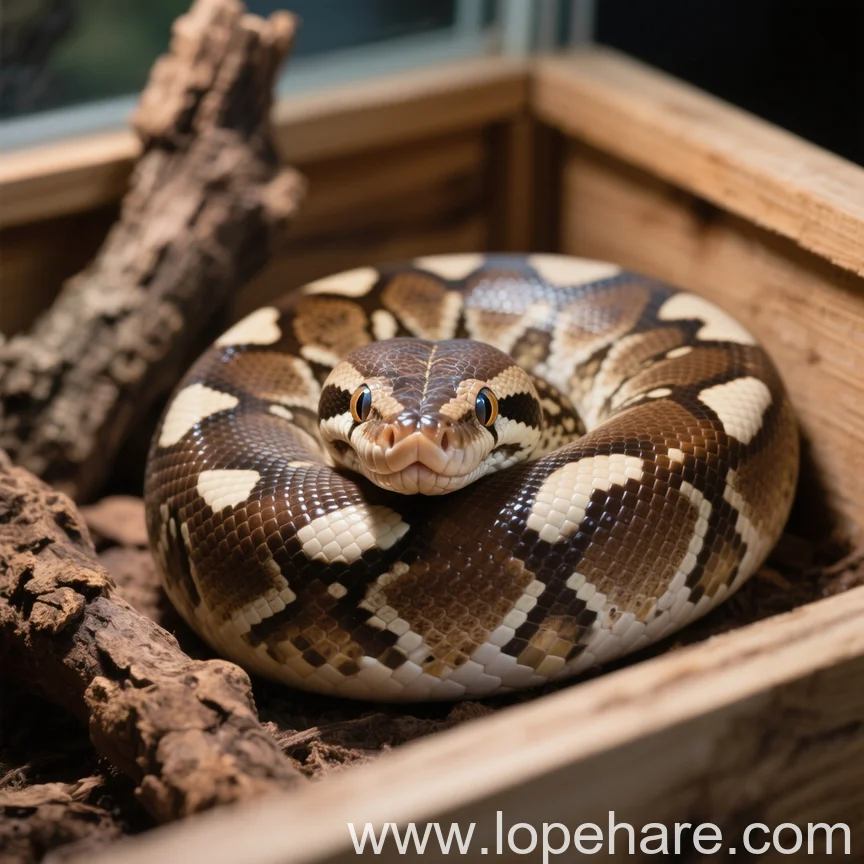
Finding Your Perfect Morph
So, you’ve researched and decided on a few morphs you like. Where do you find them?
- Reputable Breeders: The best option for beginners. Breeders specialize in ball pythons, understand genetics, health, and husbandry, and can provide detailed information about the snake’s lineage, feeding, and care. They often offer support after the sale. Websites like MorphMarket are excellent resources for finding breeders.
- Reptile Expos: Great places to see many different morphs in person from various breeders. Allows you to compare, ask questions, and handle snakes. However, the environment can be stressful for the animals, and you need to do your research on the specific vendors beforehand.
- Reptile Specialty Stores: Stores that focus *only* on reptiles are often knowledgeable, but inventory might be limited compared to breeders or expos. Avoid general pet stores that sell reptiles alongside dogs, cats, etc., as staff knowledge is often lacking, and animals may come from questionable sources.
- Rescues: Don’t forget about rescuing! Reptile rescues often have ball pythons of various morphs (though less predictable than buying from a breeder) that need loving homes. This is a rewarding option.
When choosing a breeder or seller, ask questions! How old is the snake? When was its last shed/meal? What is it eating? What are its current enclosure parameters? A good seller welcomes questions and is eager to share information.
Conclusion: Making Your Choice
Choosing a ball python morph is a fun part of becoming a keeper, but it should be secondary to ensuring you are prepared for the commitment of caring for the snake itself. We at lopehare encourage beginners to start with common, well-established morphs from reputable sources. Focus on finding a healthy, well-started individual. The beauty of the snake will shine through regardless of its specific pattern or color.
By doing your research, prioritizing health, and understanding the basics of ball python husbandry, you’ll be well on your way to enjoying many years with your new scaly companion. Happy morph hunting!
References:
- Python regius. In Wikipedia. Retrieved from [Insert Specific Wikipedia URL about Ball Python Genetics or Morphs if Found, e.g., https://en.wikipedia.org/wiki/Ball_python#Color_morphs]
